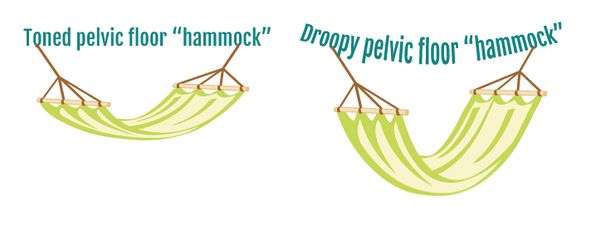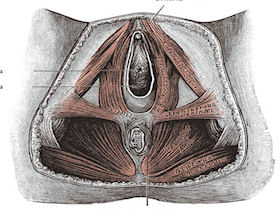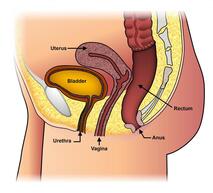The Global Burden Of Female Pelvic Floor Disorders

Jama 300 11 1311 1316 01 sep 2008.
The global burden of female pelvic floor disorders. Pelvic floor disorders which result in urinary and anal faecal or flatus incontinence and uterovaginal prolapse undermine the quality of life for a large number of women of all ages throughout the world and have been linked to childbirth and ageing. Pelvic organ prolapse pop a condition characterized by a downward descent of the pelvic organs causing the vagina to protrude afflicts millions of women worldwide and is increasingly. Urinary incontinence was the most common disorder with a combined prevalence of 17 1. The global burden of female pelvic floor disorders kimberly kenton and elizabeth r.
The symptoms pelvic floor disorders had affect many aspects of a woman s life such as social psychological occupational domestic physical cognitive behavioral and sexual domains. Women reported one or more pelvic floor disorder. We reviewed reports in english to highlight the global burden of pelvic floor disorders in women. T1 the global burden of female pelvic floor disorders.
A total of 7 924 non pregnant women aged 20 years or older 25 of u s. Pelvic organ prolapse carries a significant social burden. Pelvic floor disorders affect individual women their families and caregivers and society. A pfd occurs when the muscles or connective tissues of the pelvic area weaken or are injured.
Nichd supports and conducts research on pfds. However equally important is the effect of pelvic floors disorders on quality of life qol. The global burden of pelvic floor disorder is increasing due to increasing the age of the population 13. Au kenton kimberly.
Prevalence of symptomatic pelvic floor disorders in us women. Nygaard i barber md burgio kl kenton k meikle s schaffer j spino c whitehead we wu j brody dj pelvic floor disorders network. Au mueller elizabeth r. Pfds are more common among older women.
The most common pfds are urinary incontinence fecal incontinence and pelvic organ prolapse.











































